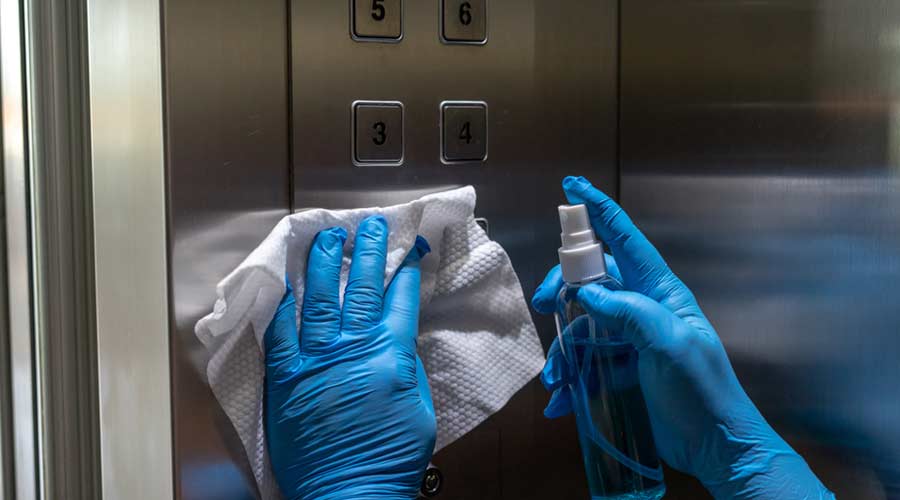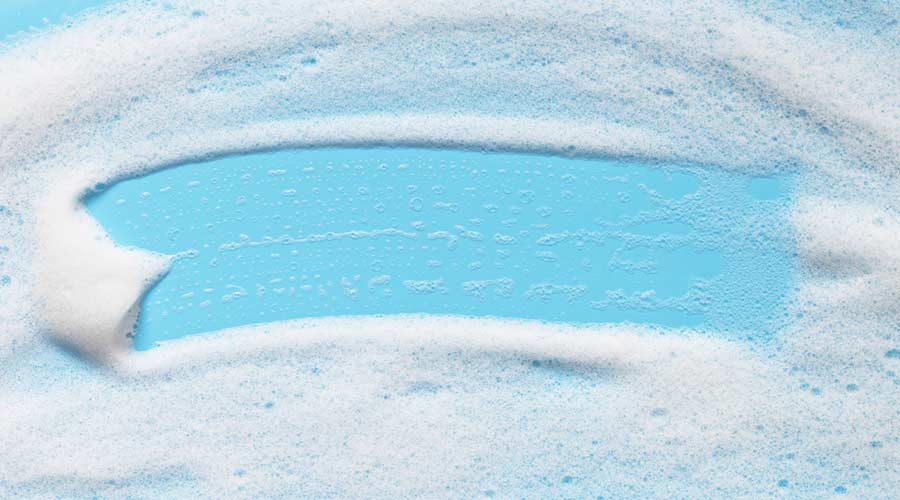Our magazine, and our entire company, have seen some growth since the start of the year. Specifically, our editorial team welcomed a managing editor in April who boomeranged back onto the team after a short stint in the travel industry. Then in October, we brought on two new assistant editors who are eager to make their mark covering the cleaning industry.
Team overhauls like this force a leader to take a close look at the entire department. What is the scope of work and where can we make improvements? Who should do each task, when, and in what order to streamline efficiencies? It's a lot of work upfront, but the result is a comprehensive outline the team can follow.
Arming the team with a detailed plan provides a clear and concise outline of responsibilities and expectations for the entire department. Without a scope of work in hand, cleaning teams can experience consistent change, evolution of tasks, and on-the-fly expectations.
A department's scope of work (also known as a scope of service) is a document that outlines the specific tasks and the frequency of those tasks that are expected to be completed by the team. Building service contractors use them all the time, attributing costs such as labor and tools to each task. If the facility executive comes to them with a new request, the scope of work comes out to evaluate capability, new cleaning times, and possible cost increases associated with the job.
Without a scope of work, facility cleaning managers are working blind. These documents clearly outline to everyone involved what tasks will be completed by the cleaning team and at what frequency. They provide a roadmap for the staff, specifically listing the tasks they are responsible for during their shift—and outline those assignments to management. They are a tool to establish expectations for building occupants and minimize complaints. Finally, it is a foundation that can help support a pitch for more budget, more staff, new equipment, or ward off unexpected cleaning requests.
If the department is lacking a scope of work, a simple online search will reveal directions and sample documents to get started. For those departments that have these guidelines in place, now is the time to re-evaluate and update. Don’t leave anyone guessing about all the things the cleaning team is doing.

 The Down and Dirty on Cleaning in Virus Season
The Down and Dirty on Cleaning in Virus Season How Surfactant Use is Expanding in Commercial Cleaning
How Surfactant Use is Expanding in Commercial Cleaning